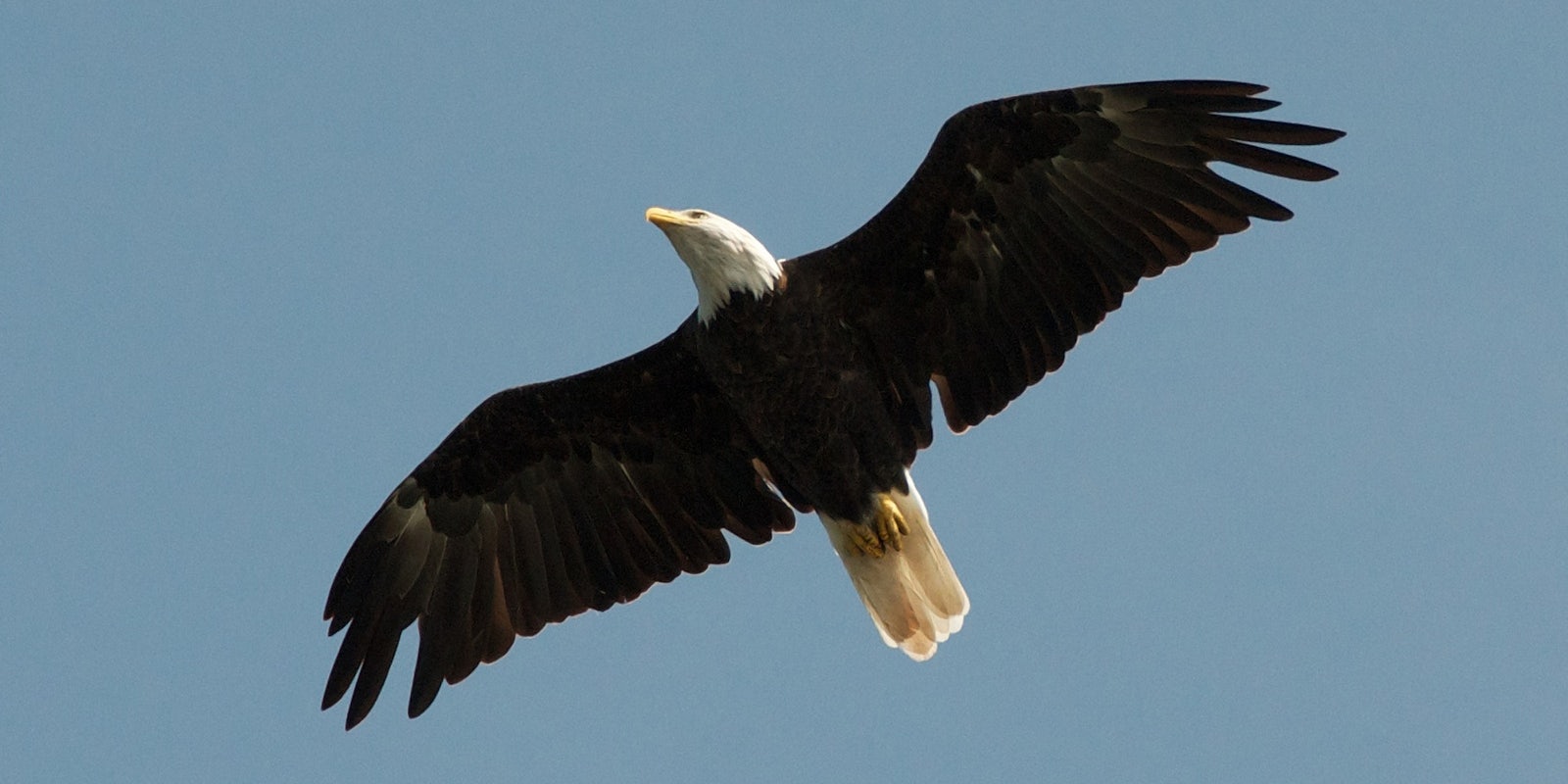The U.S. government operates a facility dedicated to deceased members of that most American of bird species, the bald eagle, and the scope of its collection might surprise you.
The U.S. Fish and Wildlife Service has operated the National Eagle Repository for more than 30 years at the Rocky Mountain Arsenal National Wildlife Refuge, northeast of Denver, Colorado.
The repository receives dead bald and golden eagles, then prepares, stores, and distributes their body parts to feathers, wings, heads, talons, and even entire birds, to members of federally recognized Native American tribes for religious rituals and cultural activities. Legally, only Native Americans are allowed to use eagle remains.
The repository receives these carcasses from government agencies like the Bureau of Land Management and the National Park Service and from civilians who find the bodies and send them to the facility.
The website for the repository is a veritable Bible for eagle fans. It features an eagle identification gallery, statistics on stock and requests, information on laws and regulations, and instructions for mailing bird corpses to the repository.
Eagles, and their body parts, are considered sacred to most Native American tribes. In Indian culture, the eagle flies higher and sees farther than any other creature and its closeness to the sky represents closeness to the creator.
According to the American Eagle Foundation, the eagle “is considered to be a messenger to God.”
“It was given the honor of carrying the prayers of man between the World of Earth and the World of Spirit, where the Creator and grandfathers reside,” the foundation’s website says. “To wear or hold an Eagle feather causes the Creator to take immediate notice. With the Eagle feather, the Creator is honored in the highest way.”
Disrespecting eagles is analogous to vandalizing a cathedral.
In addition to using eagles as a central part of their worship, Native Americans also use feathers and other eagle parts for headdresses, regalia, fans, flutes, and prayer objects.
Photo via Pete Markham/Flickr (CC BY SA 2.0)


